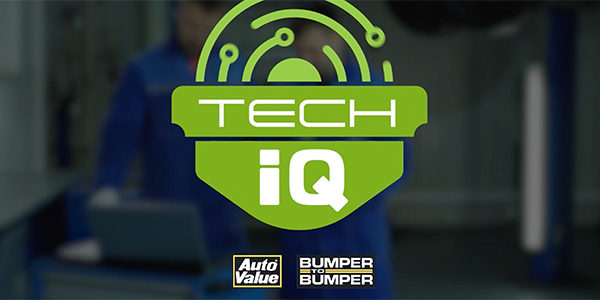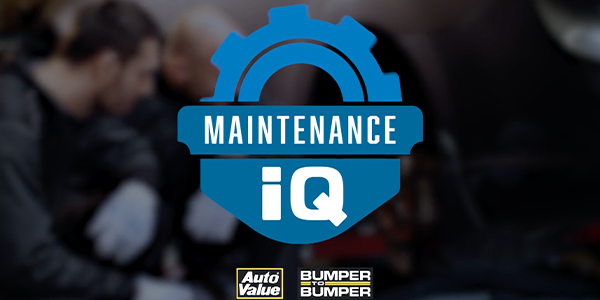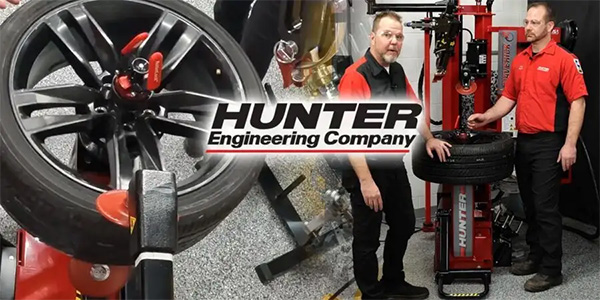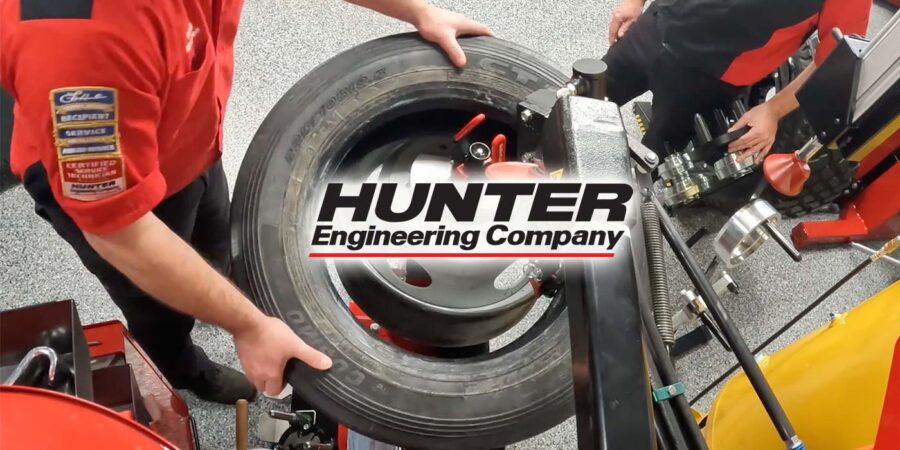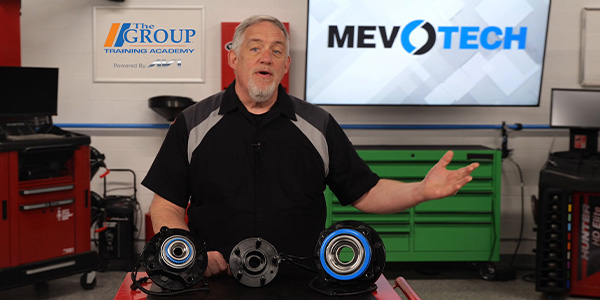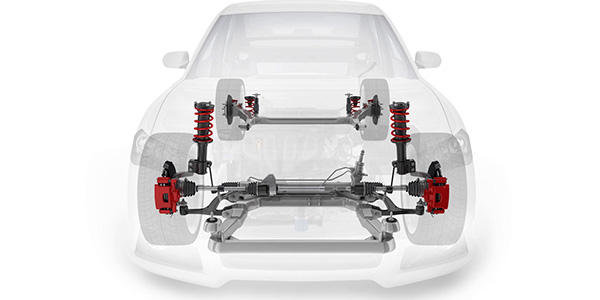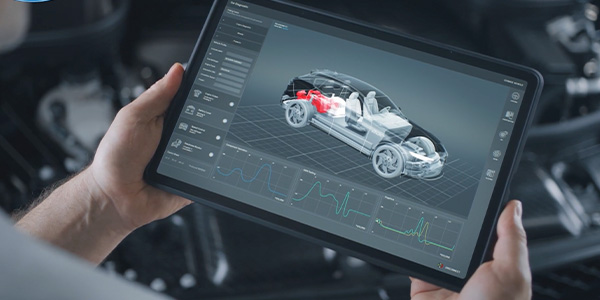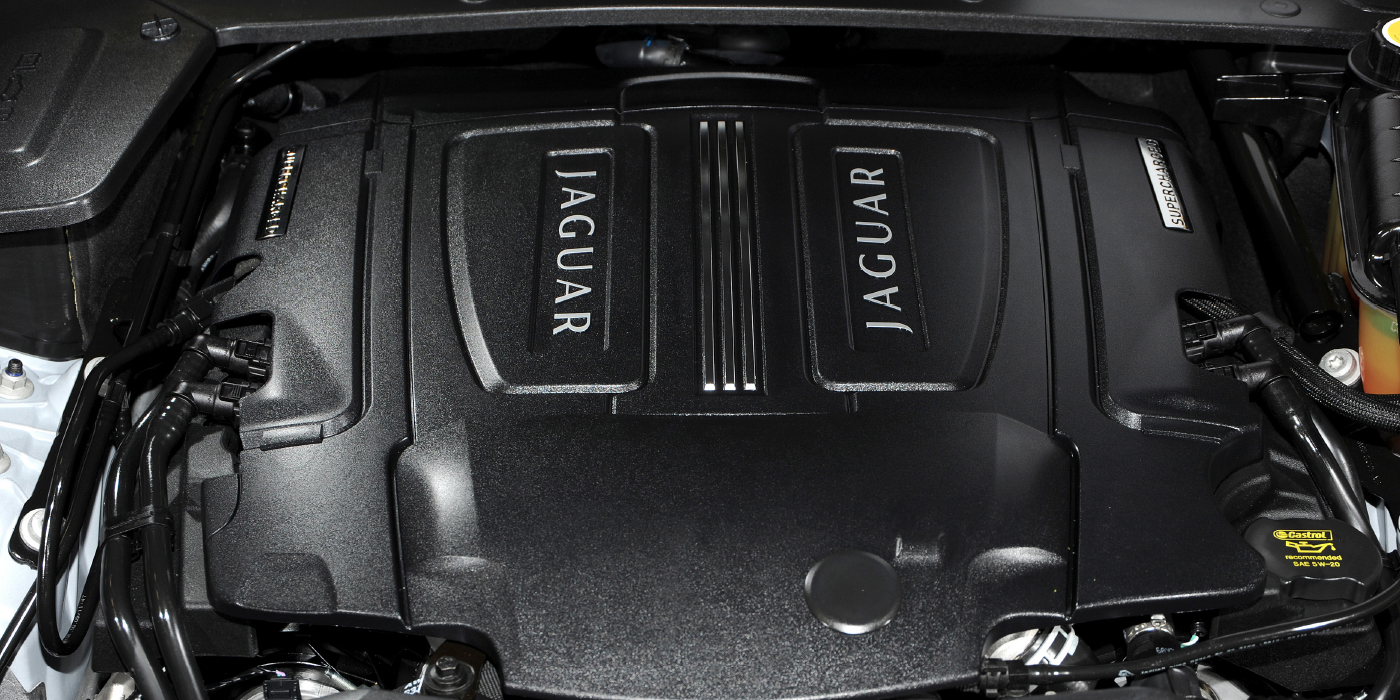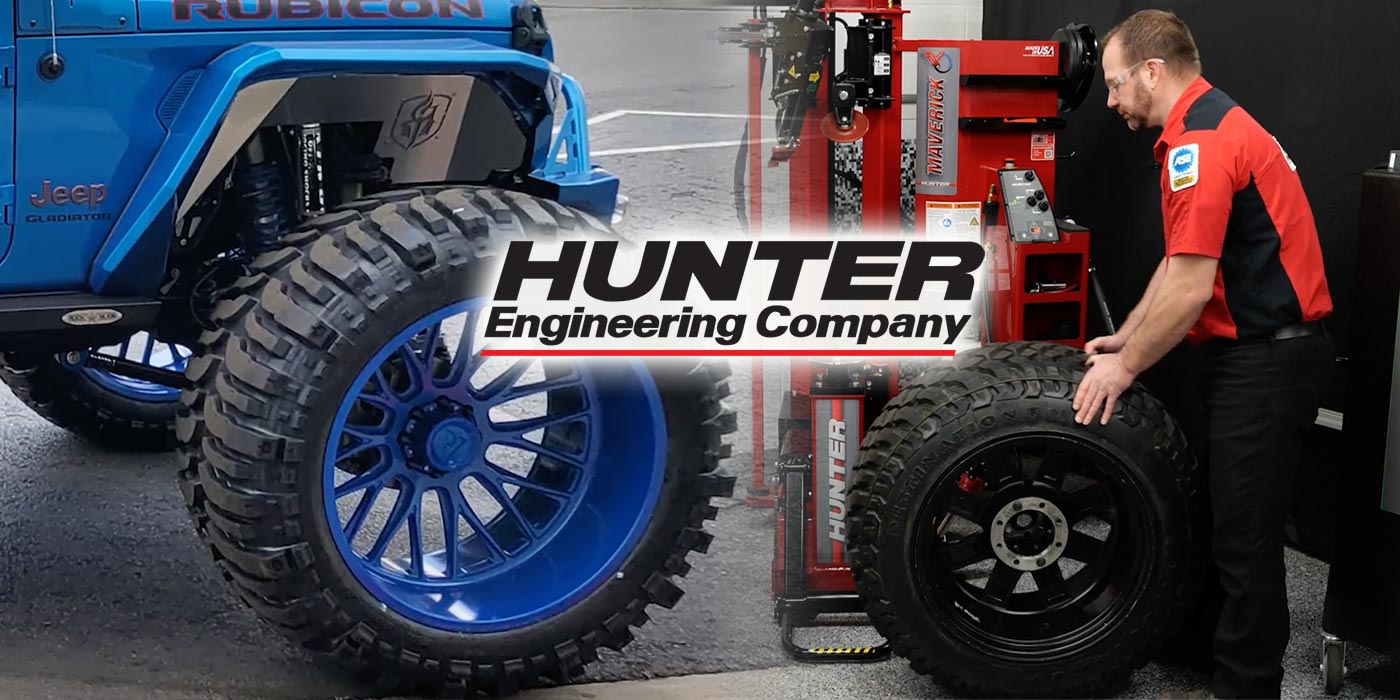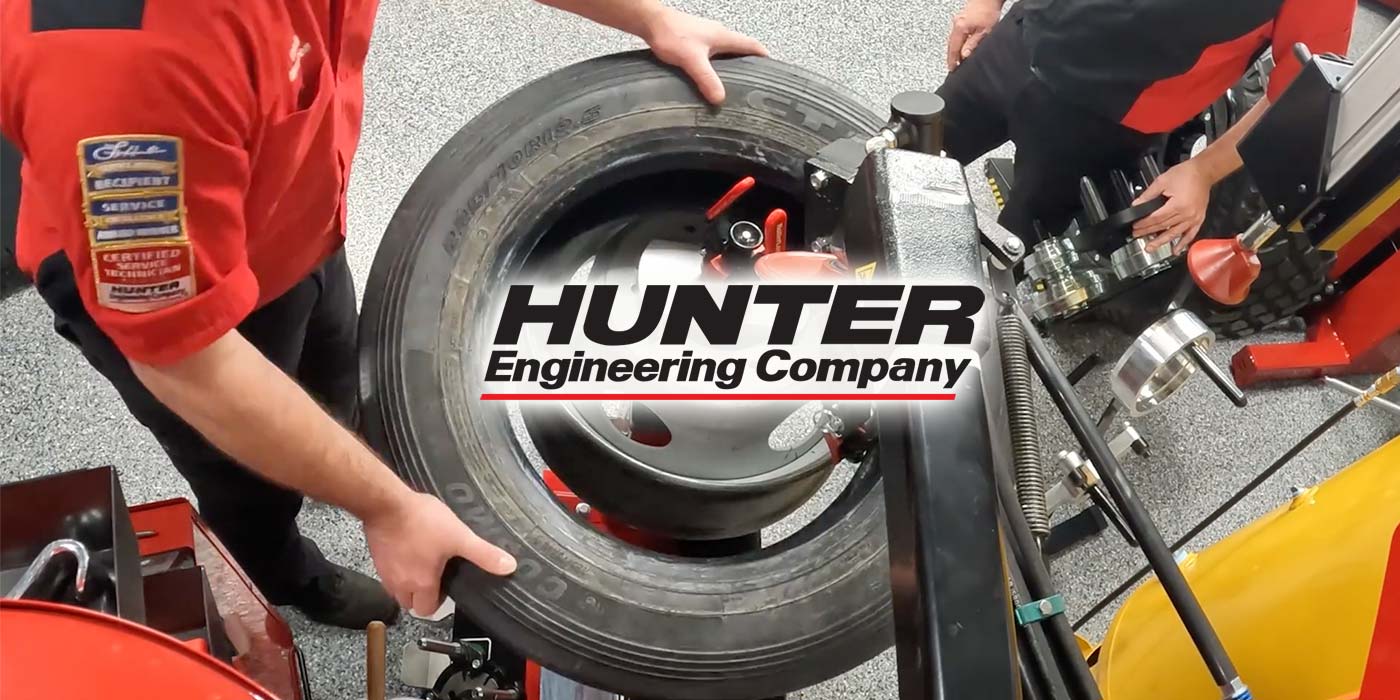CC:
Vehicle inspections are part of our everyday routine. Our customers rely on us to make sure their cars are safe and enjoyable to drive, but they don’t know them as well as we do. They may not recognize problems that develop slowly with age and mileage. The safety of a vehicle relies on the condition of the suspension, steering and drivetrain to ensure not only the tires remain in constant contact with the road, but that the proper alignment angles are maintained during the full range of suspension travel. This includes the shocks and struts, as well as control arms, steering knuckles, ball joints, tie rods, wheel bearings, and CV drive axles. All these components are interrelated and only when they all perform correctly will all vehicle suspension handling, braking, and traction control systems work as designed. Performing a corner check to inspect the condition of the steering, suspension and drivetrain components should be part of your normal routine.
And it’s a quick way to assess vehicle condition so you can keep your customer’s vehicle safe to drive and performing as it did from the day it was new after a test drive. Begin your inspection with a bounce test for an initial assessment of shock and strut condition. But keep in mind that vehicles with active or adaptive suspension may have different dampening rates that are only active when the vehicle is running or can change with speed, and it’s a good idea to refer to manufacturer testing procedures on these vehicles before lifting the vehicle. It’s a great idea to take a quick ride height measurement simply to compare ride height from side to side. If there’s a variation, it could indicate a worn or broken spring in the air. Perform a complete visual inspection of the shocks and struts. Look for signs of oil leakage and look at the condition of the dust boots and bump stops.
Inspect for any broken coil springs and inspect the coil spring purchase for rust or corrosion. Making sure perch drains are not plugged with dirt or debris on front struts. The wheels should smoothly turn from lock to lock. Any resistance, noise, or popping sounds from the springs indicate the upper turn bearing is binding. Check for excessive vertical play from the upper strut or shock mounts and check for loose or worn stabilizer, bar links and bushings. Also inspect for worn ball joints and IDE ends or any torn or damaged boots. Inspect for any play in the wheel bearings and look closely at the steering knuckle for any signs of damage, particularly for taper fit ball joints or tie rod ends that have been installed with an impact wrench. If the castle nut on a taper fit joint is far below the hole for the Kotter pin, this indicates the joint was installed too deep in the knuckle and most the taper in the knuckle is damaged.
Check all suspension bushings for wear and play. Inspect all CB joints for worn or damaged boots or leaking grease. Finish up with an inspection of tire wear patterns. Uneven wear patterns such as cupping are good indicators of a worn strut. The results of a corner check will allow you to provide your customer with an accurate and informed assessment of their vehicle suspension, and allow you to document any performance and safety issues as they develop. Your customer will appreciate your proactive and thorough approach, giving them confidence and trust in the service you provide. Thanks for watching.
This video is sponsored by GSP North America

